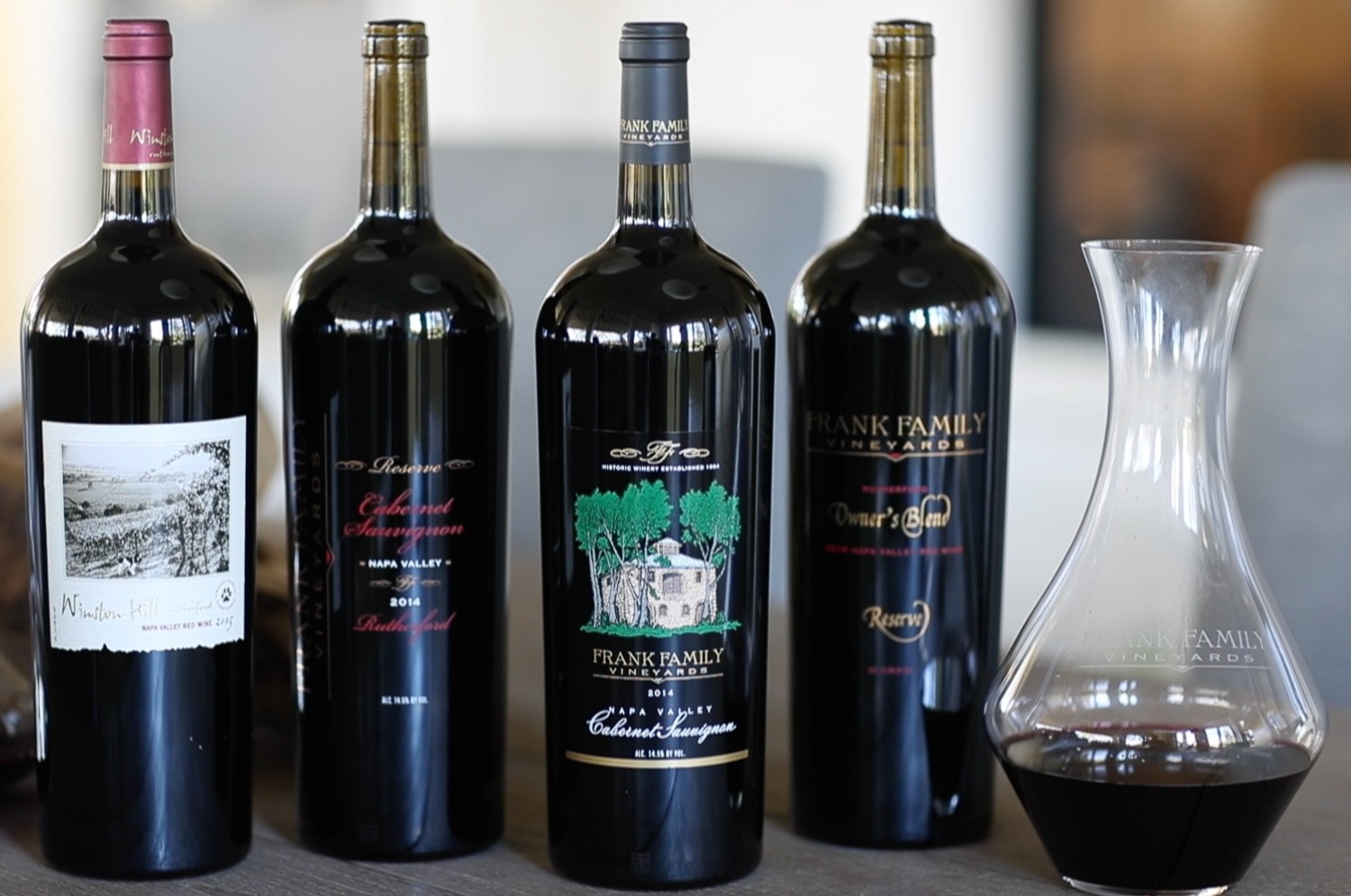The holiday season is the perfect time to dive into the wonderful world of magnums. Magnum bottles, 1.5L or the equivalence to two traditional sized bottles, are an excellent choice for festive, group gatherings. Each robust magnum serves about 10 glasses of wine!
The question that always arises when you bring out a magnum bottle is: should we decant this and if so, how should we decant this? Fundamentally, decanting serves two purposes. The first is physical – to separate wine from any sediment that may have formed during aging. The second is the effect of oxygen, which releases certain compounds bound within the bottle. Decanting is most often associated with the service of older wines, but conversely, younger wines can also benefit from this step. At its core, decanting allows the wine to come into more contact with oxygen. Oxygen, during its initial contact with wine, can be very beneficial, enhancing our perception of flavor, texture, and aroma.
Decanting for Sediment
Older red wines naturally produce sediment as they age. The color pigments and tannins bond together and fall out of the solution. Sediment is harmless but has a tendency to deaden flavor and expression if stirred up when pouring. It’s safe to assume that a red wine will accumulate sediment after five to ten years in the bottle and should be decanted.
If you’re pulling a wine from horizontal cellar storage, you ideally want to give the bottle at least 24 hours or more to sit vertically so the sediment has time to shift to the bottom without being incorporated into the wine.
Locate a decanter or other clean, clear vessel from which the wine can easily be poured into glasses. Decanters come in all shapes and sizes and range from elaborate to simple designs. The best models are dishwasher safe, easy to handle, clean, and store. At the winery, we use the Riedel Cabernet Magnum, 1700 ml/57 oz.

Hold a light under the neck of the bottle where it meets the shoulder or place the decanter over a white surface so you can pay attention to the clarity of the wine. Stop pouring the moment you notice sediment clouding up the wine. The amount of wine you leave in the bottle will vary depending on the amount of sediment. The remaining sediment-filled liquid in the bottle can be discarded while the wine in the decanter is ready to serve.
Decanting for Oxygen
On the other end of the spectrum, young wines can be tightly wound in their infancy and can also benefit from decanting by allowing it to “breathe” or “open up” before serving. When you pour wine from bottle to decanter, air makes its way into the wine. The oxygen in the air reacts with the acidity and flavor compounds of the wine, which will both soften its structure and open its bouquet.
A remarkable transition can take place to a tight wine after time spent out of the bottle and in a decanter. The process can elevate your wine drinking experience by providing you with the full picture of what the wine is all about.
Decanting is a rewarding tool to keep in your arsenal. View our brief “how-to” video below for further tips and tricks on decanting magnums from Director of Hospitality, Liam Gearity.





